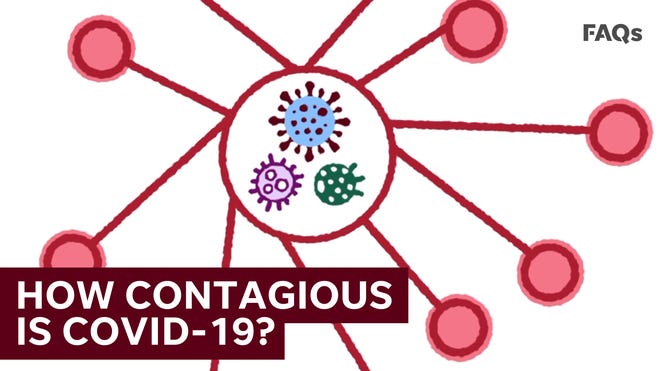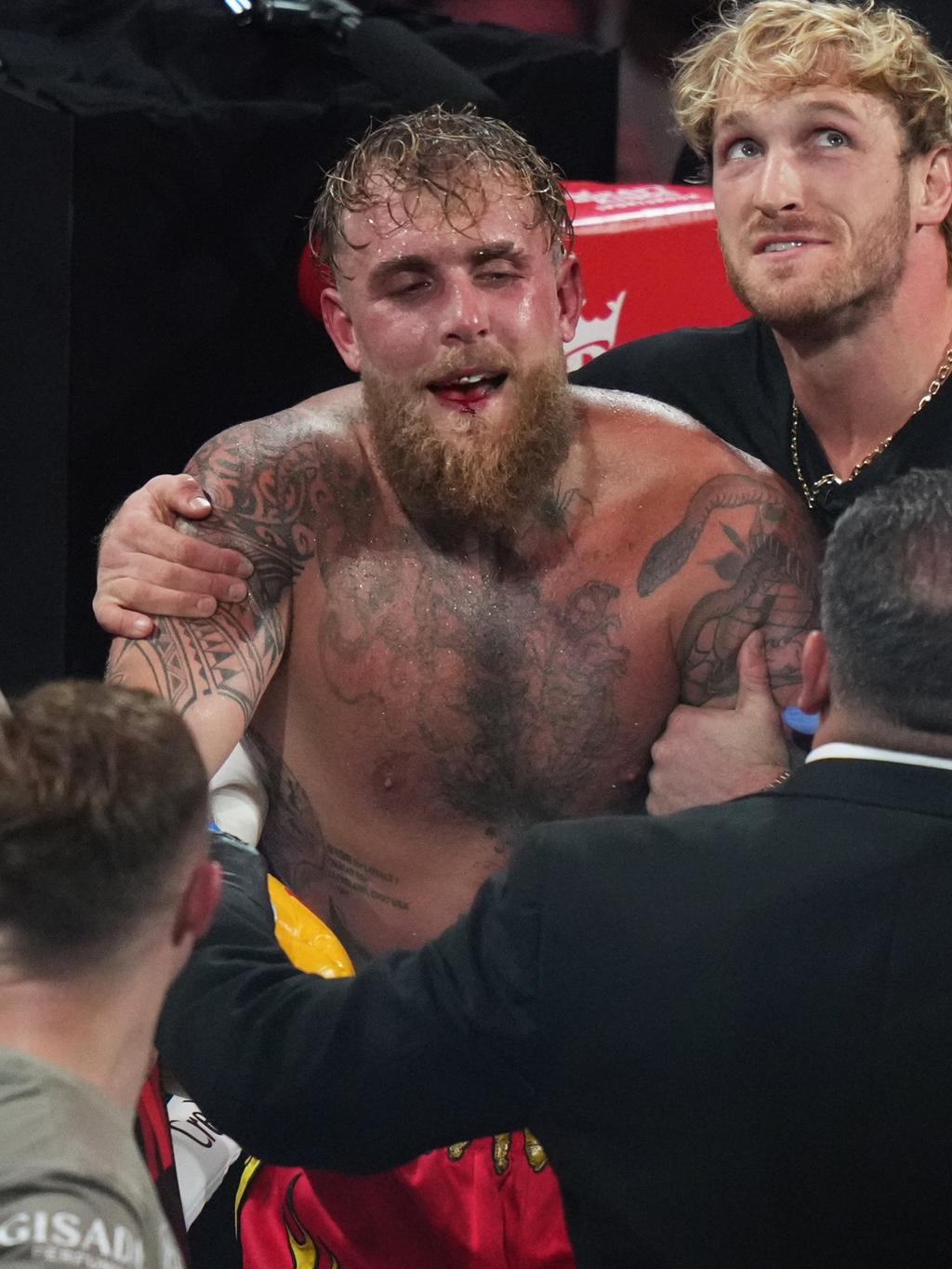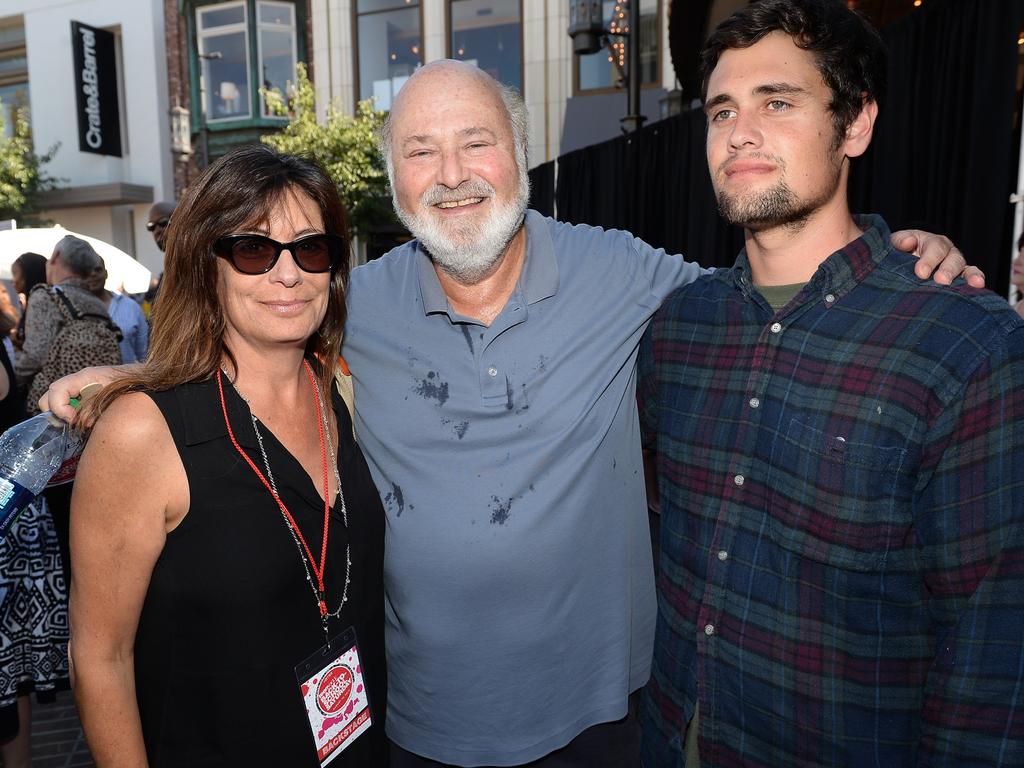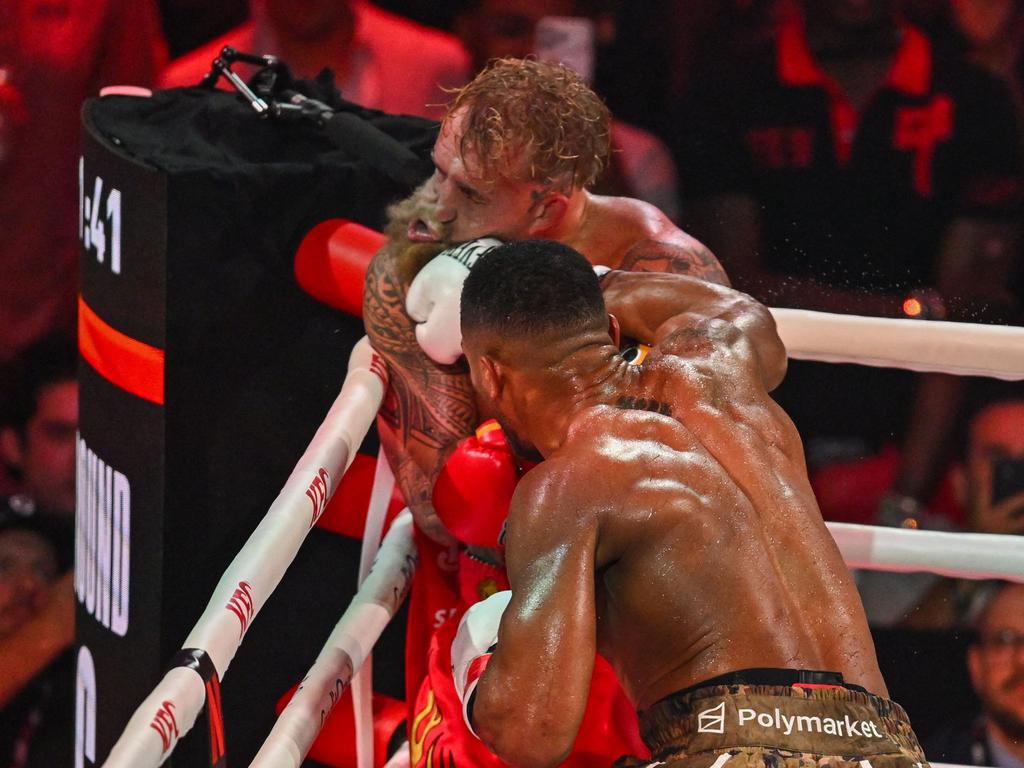
This article is more than
4 year oldAstraZeneca says US data shows COVID-19 vaccine prevents 79% of symptomatic disease
AstraZeneca and its research partner Oxford University released the first picture Monday of the large clinical trial they have run in the U.S. for their COVID-19 vaccine, finding that it is safe and prevents 79% of symptomatic disease.
Interim results on the 32,000-person trial showed the vaccine met Food and Drug Administration guidelines for safety and effectiveness. The company announced it will continue to analyze the trial results and apply within a few weeks for permission to begin distributing its two-dose vaccine in the United States.
It would be the fourth vaccine authorized for use in the U.S., alongside ones from Pfizer-BioNTech, Moderna, and Johnson & Johnson.
Countries across Europe, which previously authorized the AstraZeneca-Oxford vaccine, paused using it after a number of people developed blood clots or other clotting disorders shortly after receiving the vaccine. It has already been distributed to nearly 20 million people across Europe, the U.K. and Asia.
Last week, the European Medicines Agency – the European version of the FDA – found that the vaccine was safe for general use, though it could not rule out that the shot played some role in rare blood clots in the vessels draining the brain, called cerebral venous sinus thrombosis.
In the latest trial, which included volunteers from the U.S., Chile and Peru, an independent review board specifically looked for blood clots and "found no increased risk of thrombosis or events characterised by thrombosis among the 21,583 participants receiving at least one dose of the vaccine," according to a company press release.
There were no cases of cerebral venous sinus thrombosis in this trial.
Among participants in the new trial, 141 people have developed symptomatic COVID-19 so far. None of those who received the vaccine, currently called AZD1222, were hospitalized or died from COVID-19, making it 100% effective against severe disease, the company said.
Two-thirds of the trial volunteers received the active vaccine and one-third a placebo.
There was no apparent difference in the vaccine's effectiveness across ethnicity or age, the company said. The vaccine was found to be 80% effective in those 65 and up, the first time it has been tested in such a large group of seniors.
The trial was led by AstraZeneca and funded by the U.S. government.
Approximately 79% of trial participants were white, 8% Black, 4% native American (mainly from Peru and Chile) and 4% Asian. About 22% were Hispanic.
Approximately 20% of volunteers were 65 years and over and about 60% had medical conditions associated with increased risk of severe COVID-19, including diabetes, heart disease or severe obesity.
The company will continue to follow trial participants for two years after their second injection to look for duration of effectiveness and any safety concerns, though most problems associated with vaccines appear within the first six weeks.
Get the Coronavirus Watch newsletter in your inbox.Stay safe and informed with updates on the spread of the coronavirus
The two doses were administered four weeks apart, though it has been given as long as 12 weeks apart in earlier trials and in Europe, and appeared more effective with a longer gap.
The vaccine can be kept in a refrigerator and does not need to be frozen unless it is stored for longer than six months.
A previous clinical trial of the AstraZeneca-Oxford shot raised questions about its effectiveness against a variant of the virus first seen in South Africa.

In a 17,000-person trial conducted in the U.K., South Africa and Brazil, the vaccine showed 76% effectiveness in preventing symptomatic COVID-19 after just one dose, according to a study published this month in The Lancet. A second booster shot, required for longer-term protection, was given at three months and increased protection to 82%.
But in South Africa, fewer than half the participants were protected against symptomatic COVID-19 – which would put it below the effectiveness required for use in the United States. Still, there were no severe cases of COVID-19 or hospitalizations among vaccine recipients once the vaccine took full effect, about 22 days after the first dose, the study showed.
Other problems dogged that trial, with some participants mistakenly receiving a lower dose of the vaccine, and few people over 65 included.
Getting both doses of the vaccine appeared to reduce transmission of the virus among those trial participants. While vaccines are intended to protect against disease, not all also prevent an infected person from passing on the virus. That has been an open question with the COVID-19 vaccines, though a growing body of evidence suggests they do slow the spread of disease.
There were no significant safety concerns raised by that trial, although it was paused briefly last fall to examine a rare neurological condition that appeared in one trial participant. The U.S. trial was also halted at that time to ensure safety.
The Trump administration pre-purchased 300 million doses of the AstraZeneca-Oxford vaccine, to be provided to the American public if the vaccine was authorized for use.
A spokeswoman at AstraZeneca said the company will have roughly 30 million doses available to Americans by the end of March and another 20 million by the end of April.
"We plan to be able to supply 15-25 million doses a month thereafter," Abigail Bozarth, US director of external communications, wrote in a recent email. "We are continually looking for ways to expedite. We are being conservative in this estimate due to the variables involved in manufacturing a vaccine."
Some have called for the U.S., which will have enough vaccines by the end of May for every American adult, to distribute those AstraZeneca-Oxford doses elsewhere in the world.
AstraZeneca already plans to supply hundreds of millions of vaccine doses to 142 countries, including many that are considered middle- or low-income.
The AstraZeneca-Oxford vaccine is made with a similar technology as Johnson & Johnson's shot, using a harmless virus to deliver into the body a piece of the virus that causes COVID-19. While J&J uses a human cold virus as its delivery system, the vaccine developed at Oxford University and commercialized by AstraZeneca relies on a chimpanzee virus, which the human immune system has never seen before.
The Pfizer-BioNTech and Moderna vaccines rely on so-called mRNA technology, which instructs cells to produce the virus particle.
All the vaccines deliver the same piece of the coronavirus: the "spike" protein found on the outside of the SARS-CoV2 virus. Once the immune system sees this virus particle, it should recognize it in case of infection and attack the virus before it can take hold.
Contact Karen Weintraub at kweintraub@usatoday.com.
Health and patient safety coverage at USA TODAY is made possible in part by a grant from the Masimo Foundation for Ethics, Innovation and Competition in Healthcare. The Masimo Foundation does not provide editorial input.




